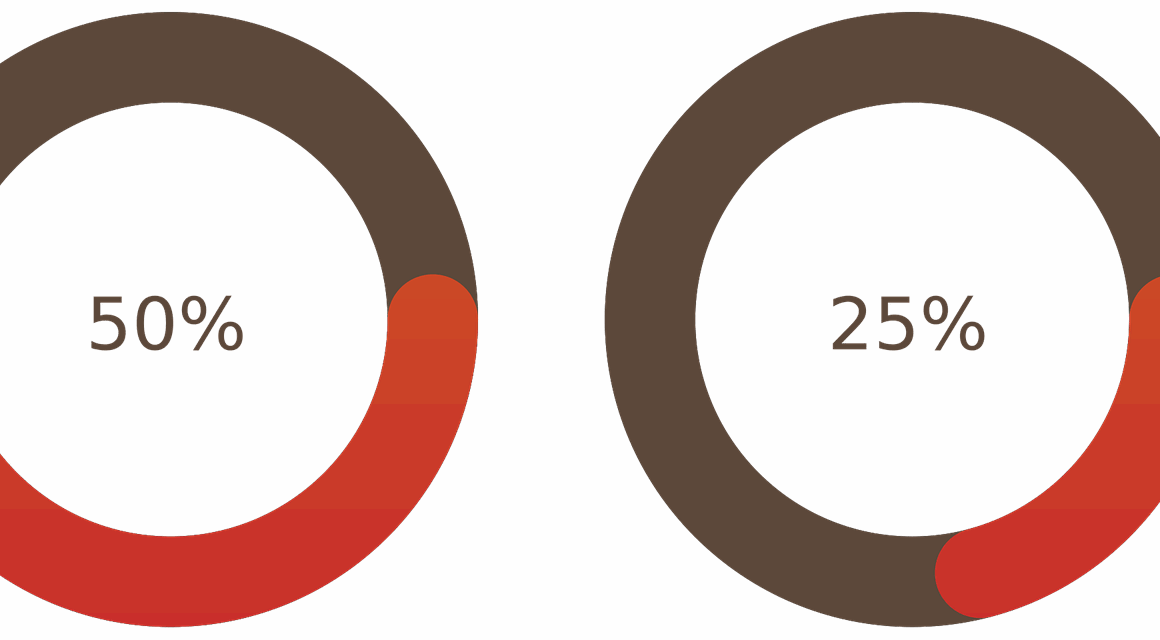The Future of Visualization in Sports Psychology Training
Visualization techniques are becoming increasingly crucial in sports psychology, helping athletes improve performance and mental resilience. This innovative approach engages the athlete’s mind, enabling them to create mental images of successful performances. By using specific techniques, athletes can practice scenarios and enhance their focus. The future of visualization suggests an integration of technology, such as virtual reality, to create immersive experiences. This technological advancement offers athletes a real-time visual context, which can improve their mental preparation. Furthermore, studies have shown that visualization helps in muscle memory retention and can reduce performance anxiety. Athletes can rehearse movements in their minds, leading to improved physical execution. This technique can be tailored to individual needs, considering personal strengths and weaknesses, making it highly effective. Coaches and sports psychologists are emphasizing the importance of visualization in training regimens, leading to its widespread acceptance. However, the effectiveness of visualization largely depends on the athlete’s commitment to practice these techniques regularly. Ultimately, as the field evolves, continual research into visualization’s effects will be paramount for optimizing athletic performance.
As athletes evolve mentally and physically, the integration of visualization practices expands. Sports psychologists emphasize that visualization allows for mental rehearsal, which is vital for athletes in high-pressure environments. Engaging in visual imagery enables athletes to mentally simulate scenarios, refining their cognitive and emotional responses to competition. This mental engagement fosters a sense of familiarity, reducing anxiety levels, and enhancing confidence during actual performance. Additionally, the practice of visualization can help athletes overcome specific mental barriers they may face. For example, visualizing success can help combat self-doubt or fear of failure. Furthermore, groups of athletes can utilize these techniques collectively to strengthen team cohesion and foster a winning mindset. Visualization techniques can be particularly beneficial for teams in precision sports, such as gymnastics or archery. The ability to perform movements in a relaxed, controlled environment can lead to better outcomes in competitive settings. Moreover, athletes from various sports can incorporate visualization into their routines, adapting practices to their sport’s unique demands. As this technique continues to gain traction, educational programs will further explore the science behind visualization in sports psychology, fostering its development.
Technological Innovations in Visualization
Recent advancements in technology provide unique opportunities for improving visualization techniques in sports psychology. Technologies such as biofeedback, augmented reality (AR), and virtual reality (VR) can enhance these practices. Athletes can experience simulations that closely mirror real-life competition, allowing for realistic visualization sessions. This immersive environment proves beneficial for honing performance skills and refining mental strategies. For instance, VR provides the ability to experience the sport’s ambiance, offering mental rehearsals that are more impactful than traditional techniques. Additionally, biofeedback technology allows athletes to track their physiological responses during visualization, enhancing self-awareness. This insight can lead to improved concentration and relaxation techniques catered to individual needs. The digitalization of visualization blended with personalized data will heighten its effectiveness. Moreover, these technological tools permit coaches and sports psychologists to gather data that inform tailored training programs. As athletes adapt to these advanced techniques, visualization will play a more prominent role within training frameworks. By leveraging technology, the future generation of athletes can navigate psychological barriers more efficiently, ultimately leading to better performance outcomes in competitive situations.
Furthermore, ongoing research into the brain’s-neuroplasticity underscores the significance of effective visualization. Neuroplasticity, the brain’s ability to reorganize itself, indicates that visualization can physically change the athlete’s brain pathways. By consistently imagining a performance, athletes may develop better neural connections related to their sport. This reinforces the idea that visualization creates actual connections; thus, performing specified techniques mentally can foster physical improvement. The implications for athletes are substantial, especially regarding injury recovery and performance enhancement. Athletes can work through their rehabilitation process more effectively through guided visualization techniques. This mental approach helps maintain motivation and accelerates the journey back to peak performance. Studies have also shown that visualization can maintain athletes’ skills during off-seasons or conjectured periods when physical training isn’t possible. Adapting to such situations through visualization can promote mental readiness for when athletes return to their respective sports. Therefore, the continuous practice of visualization guarantees that they don’t lose their mental edge. Such mental fortitude is invaluable as competition grows fiercer. Visualization techniques must continuously be researched and validated through concrete data for athletes to leverage their full potential in sports.
The Power of Group Visualization
In team sports, group visualization techniques can significantly enhance team performance and dynamics. Collective mental rehearsals enable teams to develop strategies cohesively, fostering unity among athletes while strengthening communication skills. By visualizing plays and successful executions together, teammates better understand each other’s roles, establishing trust and familiarity. Moreover, synchronizing visualization practices allows teams to transcend individual skills, creating a cohesive and well-functioning unit. Executing these practices regularly can enhance overall morale, leading to positive emotional states that contribute to greater resilience during competitions. Engaging in group visualization has been shown to yield better team cohesion, promoting shared goals and overcoming mental barriers collectively. Furthermore, visualization can serve as a source of motivational reinforcement for teams, enhancing their focus on the overarching objectives. This shared experience can facilitate a supportive and positive atmosphere, essential for high-stakes environments. Additionally, coaches play a significant role in facilitating these collective practices, guiding athletes to align their mental imagery with team strategies. As coaches recognize the benefits of group visualization, they can further integrate these techniques into training programs, ultimately improving competitive outcomes.
Moreover, the benefits of visualization extend beyond athletics, encompassing mental health and overall well-being. Athletes often face substantial pressure, leading to anxiety, burnout, or emotional exhaustion. Incorporating visualization techniques can aid athletes in mitigating stress, facilitating mental relaxation, and enhancing focus. The practice encourages athletes to establish a connection with their goals, maintaining motivation and preventing mental fatigue. Additionally, visualization can redirect the athlete’s energy towards positive outcomes, fostering resilience during challenging periods. Mental health professionals can emphasize visualization as a tool for self-care in sports psychology training. By exploring varied approaches to visualization, athletes can cultivate well-rounded mental wellness practices that benefit them on and off the field. Considering athletes’ mental health is critical for overall performance, and employing these techniques ensures they can thrive in high-pressure settings. As the conversation surrounding mental health continues to evolve, visualization remains an essential component in athletes’ training. The ongoing advocacy for mental wellness promotes the need for robust mental training programs, ensuring the consideration of visualization as a viable strategy in sports psychology initiatives.
Conclusion: Embracing Future Directions
In conclusion, the future of visualization in sports psychology training holds immense potential for athletes across various disciplines. By embracing technological innovations, refining techniques, and prioritizing mental well-being, athletes can cultivate their performance and maintain mental resilience. This transformative approach facilitates continuous engagement with athletes’ minds, enabling them to create scenarios and rehearse various techniques. As research expands, there will likely be a greater emphasis placed on personalized training regimens that incorporate visualization into athletes’ routines. Coaches and psychologists alike must collaborate to enhance these practices, maximizing their effectiveness. The future landscape emphasizes the need for athletes to use visualization to achieve their goals and overcome challenges. Exploring innovative strategies and promoting collaborative environments will steer the future direction of sports psychology, fostering a culture of performance excellence. Furthermore, it is essential to underscore the understanding that visualization is a skill requiring practice, commitment, and refinement. As athletes continue to harness the power of visualization, their mental fortitude will significantly enhance their ability to perform and succeed in competitive sports settings.
Ultimately, the evolution of visualization techniques in sports psychology training signifies a paradigm shift in how athletes approach their mental game. By merging traditional practices with contemporary innovations, the future offers new opportunities for athletes to thrive. Sports psychologists must adapt their methodologies to leverage advancements, ensuring athletes receive training that equips and prepares them at all levels. As this field progresses, the collaboration between sports psychology and technology will continue to shape the experiences of athletes, enhancing both their performance and mental health. Consequently, the need for ongoing research into the effectiveness of these strategies is paramount, as athletes stand to benefit greatly from refined visualization techniques. As visualization becomes integrated into sports culture, we will witness improved outcomes and more resilient athletes prepared to face challenges head-on. Furthermore, marketing these techniques effectively to young athletes will instill a focus on mental preparation early in their careers. Through cultivating a culture that embraces visualization, athletes can develop a competitive edge, fostering pathways to success. The future of visualization in sports psychology is bright, offering transformative opportunities aimed at elevating athletic performance and mental well-being.


